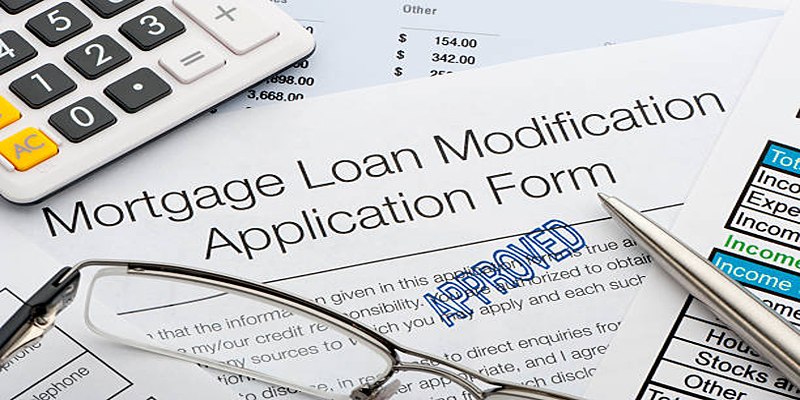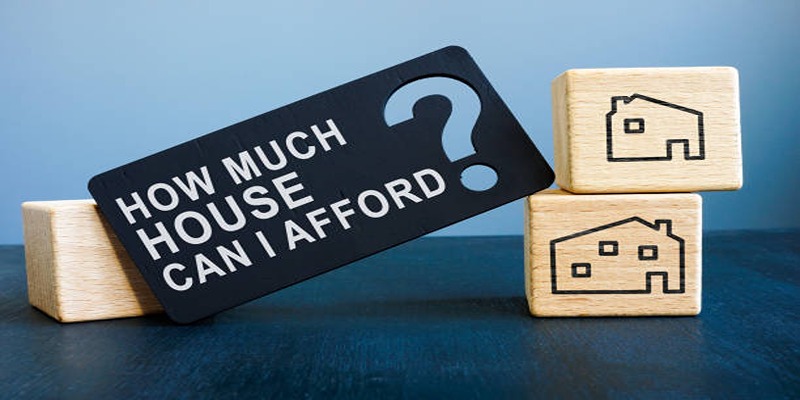Falling behind on mortgage payments can feel overwhelming, but you’re not without options. Whether it’s due to job loss, unexpected expenses, or rising interest rates, there are steps to regain control. This guide explores 9 practical solutions to help you manage your mortgage, from temporary relief to long-term strategies. Don’t panic—take action and find the right path to protect your home and financial stability.
Understand Your Situation

Before exploring solutions, the first step is to understand why you’re unable to afford your mortgage and assess your overall financial standing. Ask yourself:
- Have your circumstances changed temporarily or permanently?
- Are there other expenses you can cut to make room for your mortgage payment?
- How far are you behind in payments?
Creating a basic budget and gathering all relevant financial documents (such as your mortgage statements, bank statements, and proof of income) can help you understand your financial position.
9 Options for Managing Your Mortgage
1. Contact Your Lender as Soon as Possible
If you’re struggling, reach out to your lender right away. Many homeowners delay this step, fearing judgment or refusal, but most lenders are more willing to work with you than you might think. Explain your situation honestly. Lenders may have programs or options designed to help borrowers facing financial hardships, such as temporary payment deferrals or loan modifications.
Remember, communication is key. Ignoring the issue or avoiding your lender’s calls won’t make the problem go away.
2. Explore Loan Modification Programs
A loan modification can make your monthly payments more manageable. This involves working with the lender to revise the original terms of your mortgage, such as:
- Extending the loan term
- Reducing the interest rate
- Switching from an adjustable-rate mortgage (ARM) to a fixed-rate mortgage
These changes can help lower your monthly payment, making it easier to stay on track. Check if your lender offers loan modification programs or research government-backed options like the Fannie Mae Flex Modification Program.
3. Refinance Your Mortgage
Refinancing involves replacing your current loan with one that has better terms, often at a lower interest rate. If rates are favorable and you have sufficient equity in your home, refinancing may significantly reduce your monthly payments.
Keep in mind:
- Refinancing typically involves closing costs.
- Your credit score plays a large role in qualifying for a better rate.
But beware, refinancing might not be the best solution if you’re already behind on payments or if your lender is reluctant to approve the process.
4. Request a Forbearance
Mortgage forbearance allows you to temporarily pause or reduce payments, giving you time to recover financially. During the forbearance period, you’re not required to pay your mortgage, though interest may still accrue. At the end of the term, you’ll need to resume payments and repay the amount that was paused, either in a lump sum or through a repayment plan.
Forbearance is an excellent short-term option in situations such as job loss or sudden medical expenses. Many lenders offered forbearance programs during the pandemic, so check if flexible programs are still available.
5. Rent Out Your Property
If the mortgage on your home is proving too much to handle, consider renting out a portion (or all) of your property.
- Short-term rentals: If you have extra space, platforms like Airbnb or Vrbo can help you cover your mortgage costs. Be sure to check local regulations related to short-term rentals.
- Traditional rentals: If moving out is an option, leasing your home to a tenant for a year or more could be a practical solution. Rent payments could even exceed your mortgage, offering financial relief.
6. Downsize Your Expenses
Before taking big steps like selling your home, evaluate your current spending. Are there changes you could make to free up funds for your mortgage?
- Cut back on non-essential expenses like dining out, streaming services, or subscriptions.
- Negotiate lower rates for utilities, insurance, or phone services.
- Consider selling items you no longer need.
Even small changes can add up over time and help reduce the financial strain.
7. Sell Your Home
For some, selling their home is the best way to stay ahead of financial trouble. If you have enough equity and the market conditions are favorable, selling your home could allow you to:
- Pay off your mortgage
- Avoid foreclosure
- Walk away with some money in hand to start fresh
Selling may feel like a last resort, but it can provide a clean slate to rebuild your finances without added stress.
8. Government Assistance Programs

Multiple government programs are designed to assist homeowners in financial distress. Some options include:
- FHA-HAMP: A modification program specifically for homeowners with FHA loans.
- VA Loan Help: For eligible veterans and active service members struggling to pay their VA loans.
- State Assistance Programs: Many states have housing finance agencies that offer help to struggling homeowners.
Visit HUD.gov to explore additional resources.
9. Consider Foreclosure Alternatives
If you’ve exhausted other options, consider foreclosure alternatives like:
- Short Sale: Selling your home for less than the remaining mortgage balance with the lender’s approval.
- Deed in Lieu of Foreclosure: Handing over the property to the lender instead of going through the foreclosure process.
While these options will still affect your credit, they tend to have less of a long-term impact compared to a full foreclosure.
Conclusion
When facing financial difficulties, remember that acting quickly is crucial. The longer you wait, the fewer options you may have. Review your finances, contact your lender, and consider the options outlined above. Remember, you don’t have to face this alone. Seek support from resources like housing counselors or government assistance programs if needed. With the right actions and a proactive approach, you can turn a challenging situation into a manageable one.












